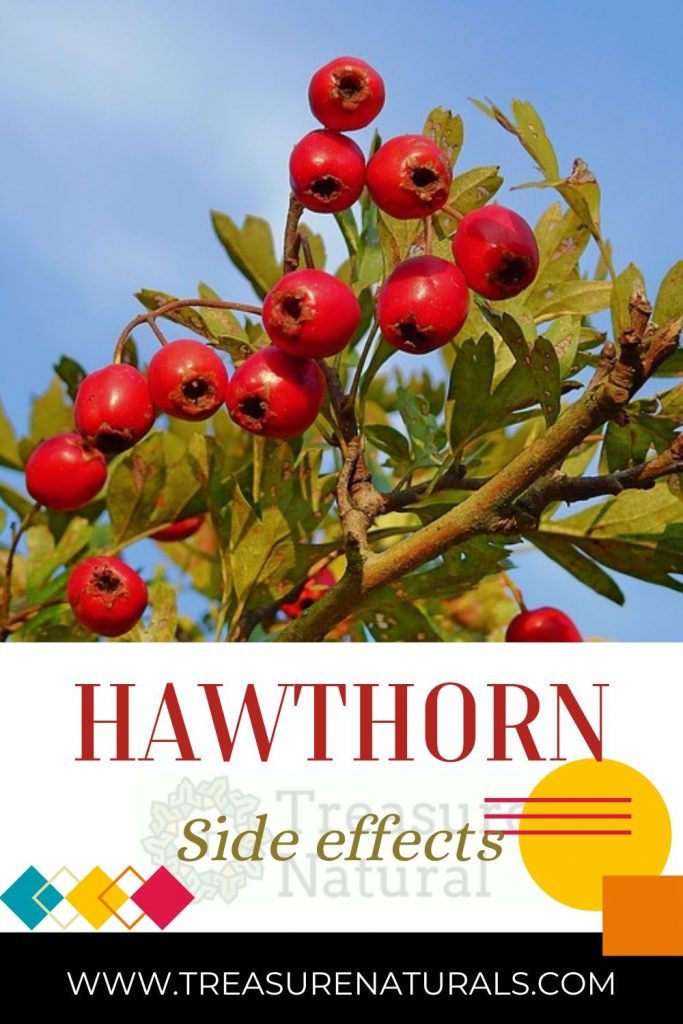
Hawthorn ( Crataegus oxyacantha ) is a medicinal plant belonging to the Rosaceae family. Its name derives from the Greek, oxys , which means “tip” and akantha , which means “thorn”. The Greeks considered hawthorn to be a good omen and, in fact, used it to adorn altars during wedding ceremonies. Today hawthorn is used for the care of the circulatory system thanks to its cardioprotective and antioxidant activity. Let’s find out the characteristics and side effects of hawthorn .
Hawthorn: characteristics and properties
Hawthorn is a thorny and bushy shrub, with lobed leaves, flowers, gathered in corymbs, small and pinkish-white in color and fruits like small red drupes.
Hawthorn is known as the plant of the heart, in fact its leaves and its flowers contain various flavonoids, with antioxidant action, useful for cleaning the arteries from free radicals and preventing cardiovascular diseases.
The intake of hawthorn is useful in cases of hypertension, against tachycardia, extrasystole and arrhythmias, and to prevent complications in elderly patients.
Hawthorn also has a sedative and relaxing action due to the presence of vitexin , an active ingredient that acts as a natural spasmolytic, sedative and anxiolytic.
The side effects of Hawthorn

Hawthorn rarely has side effects. In some patients suffering from gastritis, the intake of this plant has led to stomach upset, which disappear when the treatment with hawthorn is stopped.
Even in case of low blood pressure, if you take synthetic hypotensive, it is good to consult your doctor before proceeding with the use of hawthorn.






